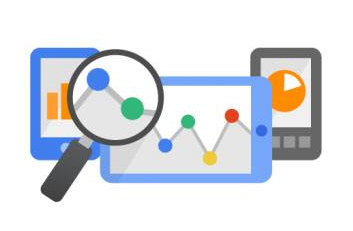So, an example is, you pay, actually the slide here has an example here, so say you run a bunch of ads.
举个例子,这里有个图表,你投入了一些广告
These are four ads. Over 12 months, the customer's worth $300 to you.
例如,有四种广告。12个月以后 CLV是300美元
Each one of these ads, when you click on it, the CPC costs different types of money.
每一种广告,每点击成本(CPC)是不同的
And then, when they click on the ad, then they have to come to your site and sign up or buy something,
倘若客户点了广告链接进入到你的网站,并注册或购物
and the conversion rates are different for all these ads.
每种广告的转换率也是不同的
And then, the CAC is calculated simply by the CPC divided by the conversion.
然后客户获取成本就是用CPC除以转换率得来的
And so, you see that there's different acquisition costs for different types of ads.
大家可以发现每种广告的客户获取费用是不同的
And to determine whether, that is a good ad or a bad ad, all you have to do is, CLV minus CAC.
如何来评判该选择哪种广告呢,可以用客户生命周期(客户价值)减去客户获取成本

Is it more than zero?
结果是否大于0
If it's at zero then you've, that's fine,
如果结果等于0,那还可以
but hopefully it's actually more than zero until you actually are earning a profit on it.
但是,最好的结果还是大于0,这样说明你盈利了
So, we see that, despite the sales remaining the same and the conversions being higher and lower,
我们发现,尽管销量情况差不多,但是转换率有高有低
there's sometimes, some ads that might seem good, actually don't seem so good at the end of the day.
一些现在看起来还不错的广告,可能结果并不好
Now, the advanced way of looking at it is you can look at this
这种方式的优点在于
for your whole entire customer base for aggregating all your customers together.
可以整合客户,从宏观角度进行客户分析
But the better way of looking at it is to break it down by customer segments.
但是,更好的方法是把客户分成不同的群体












